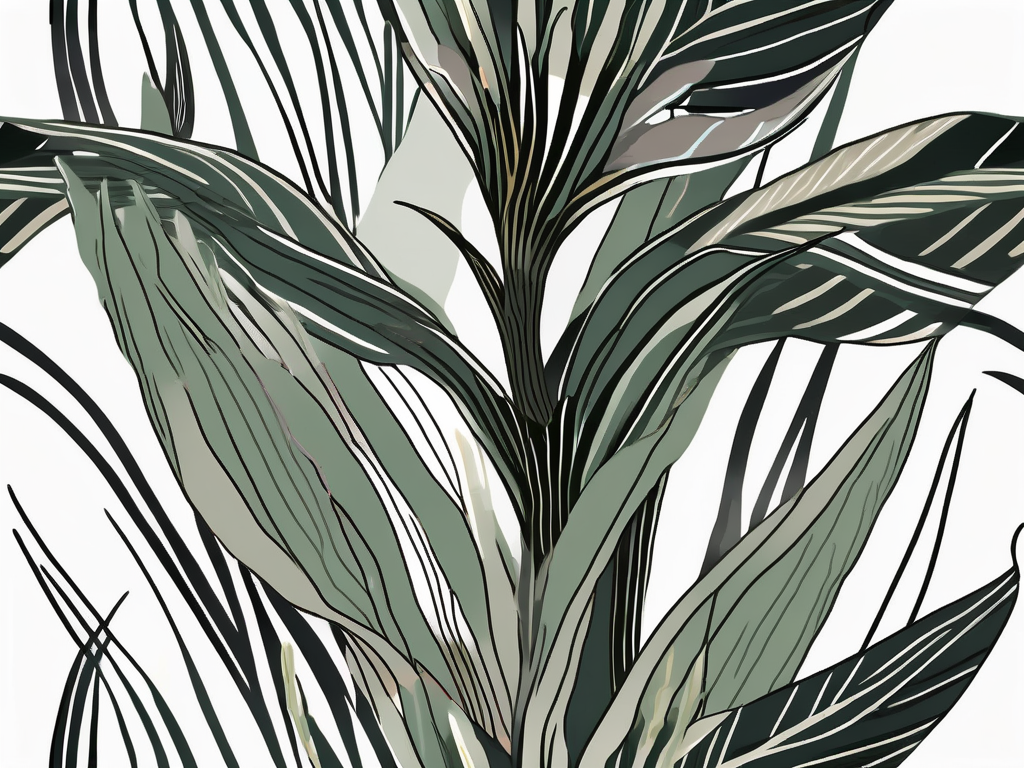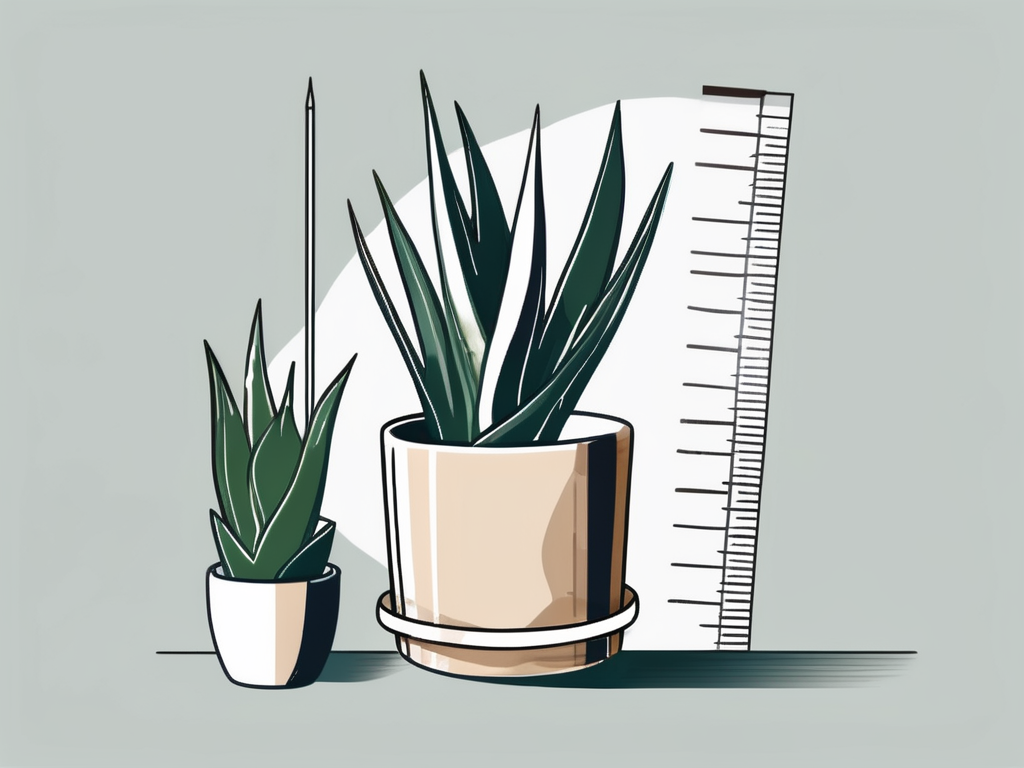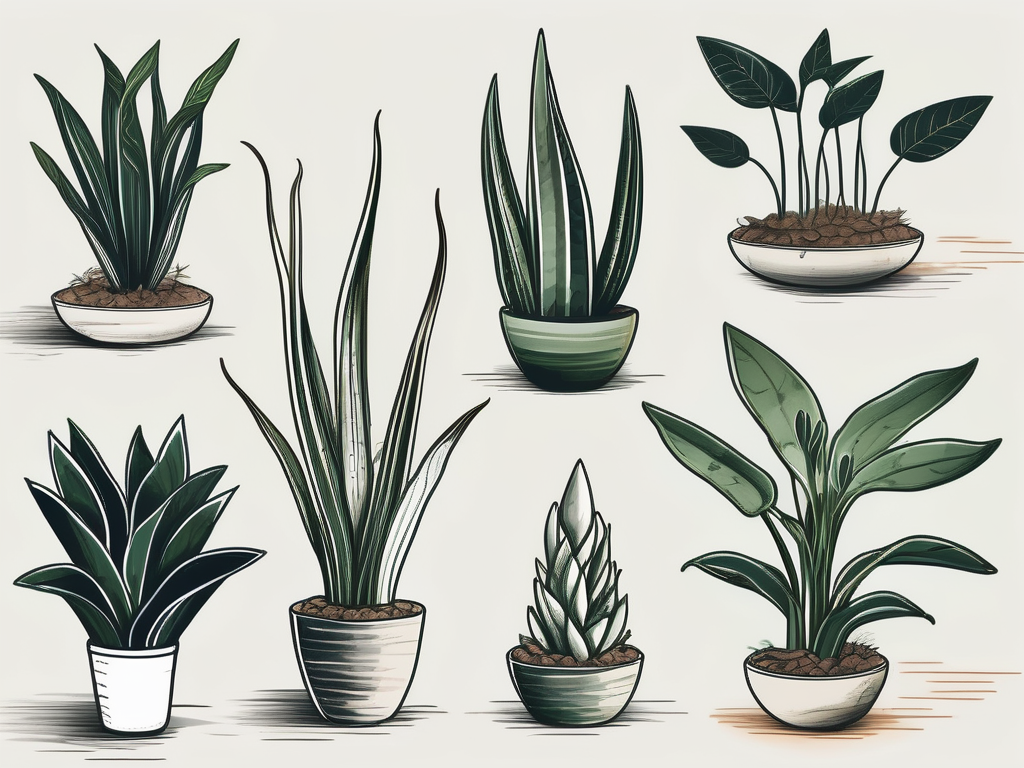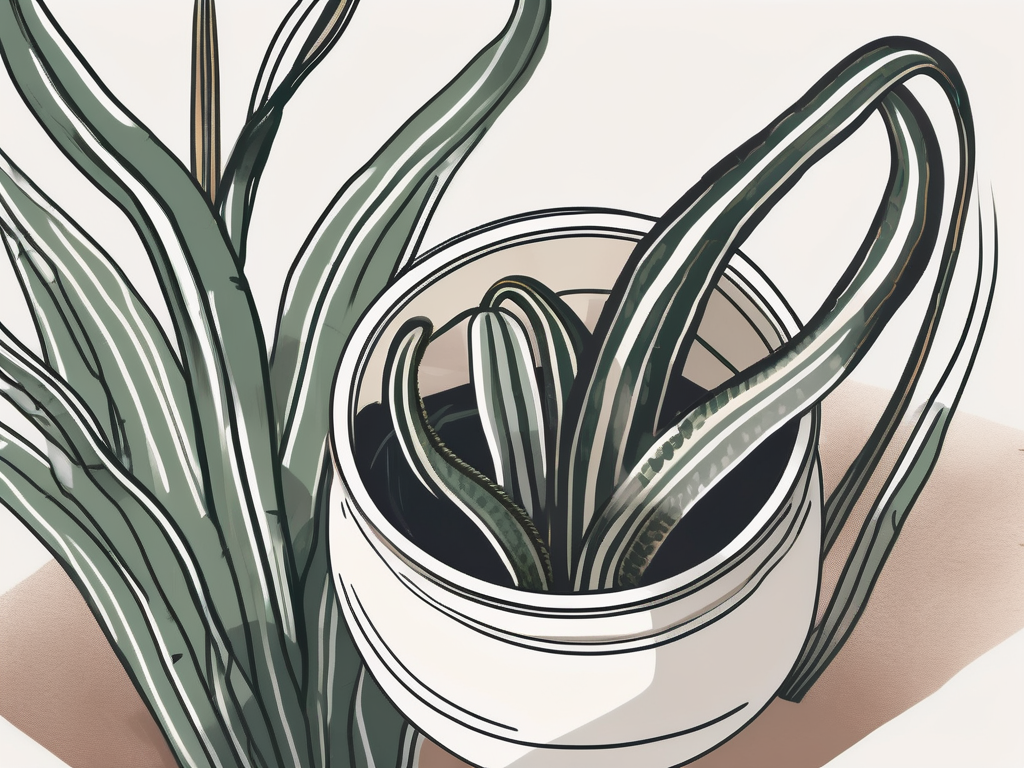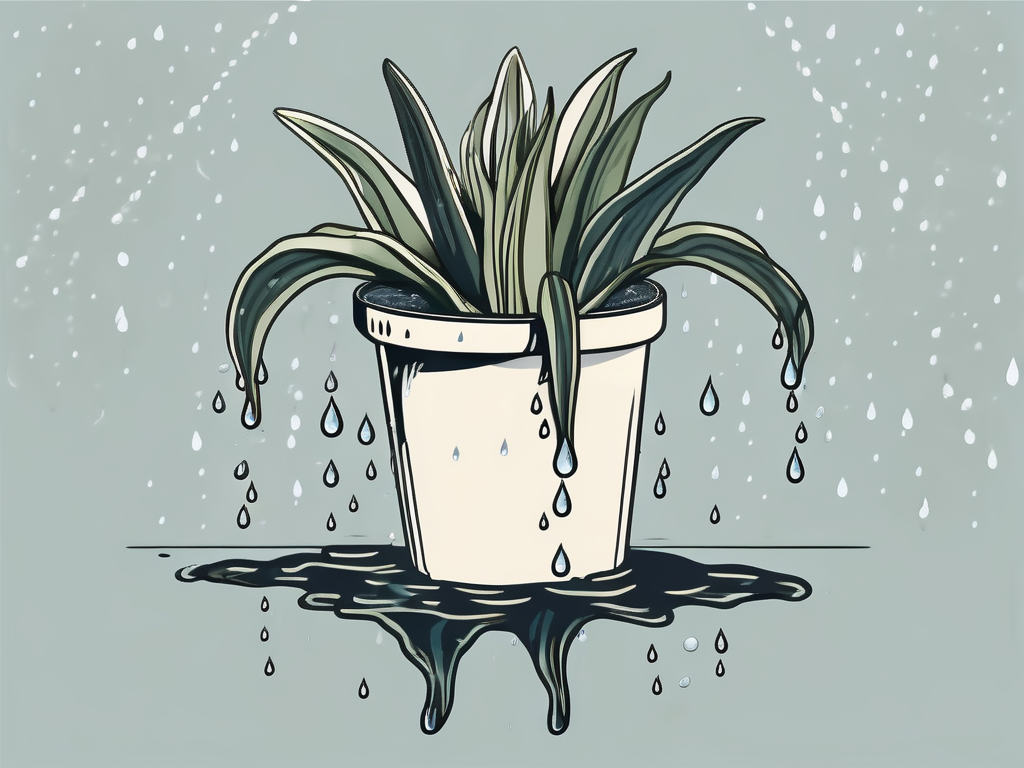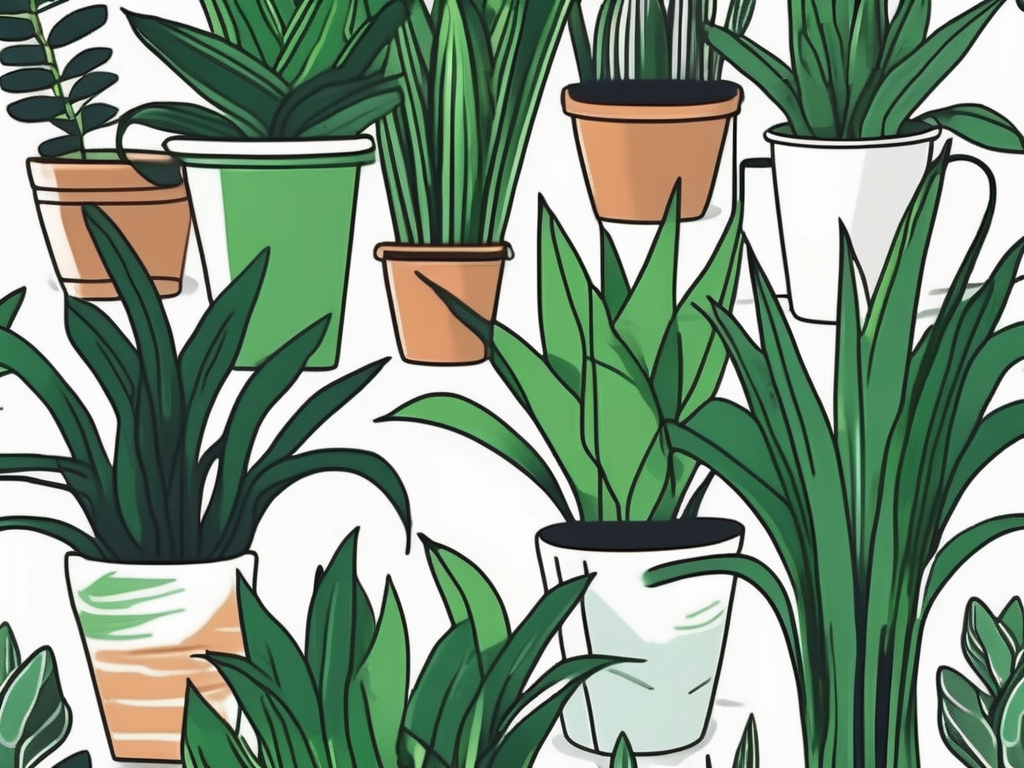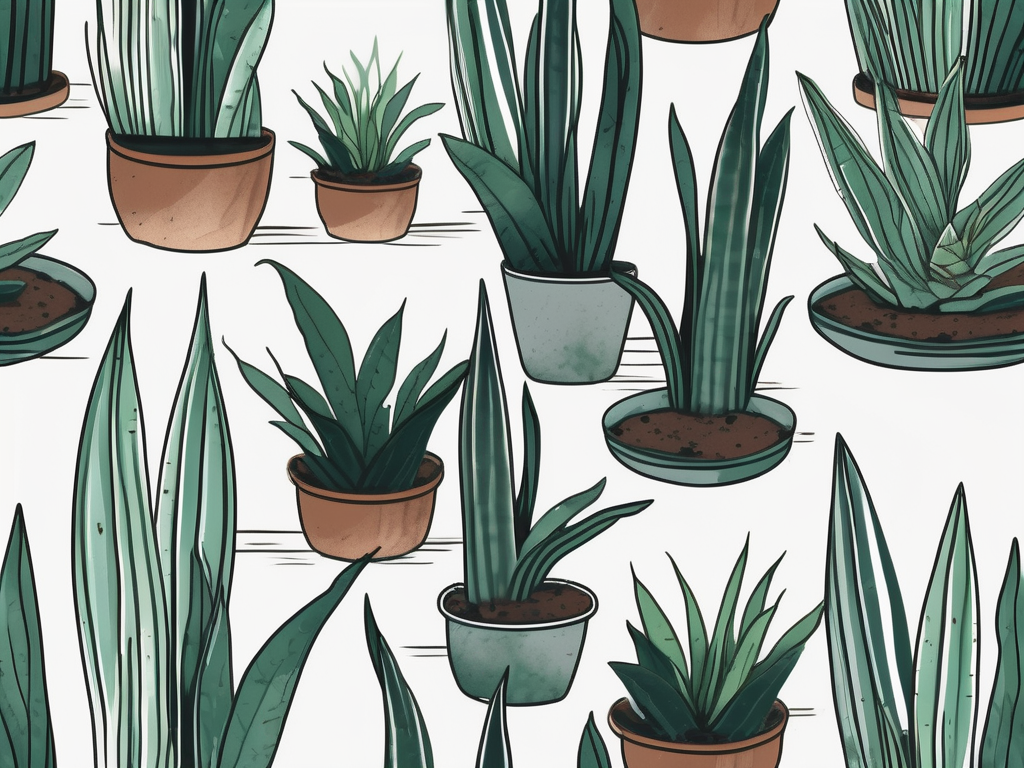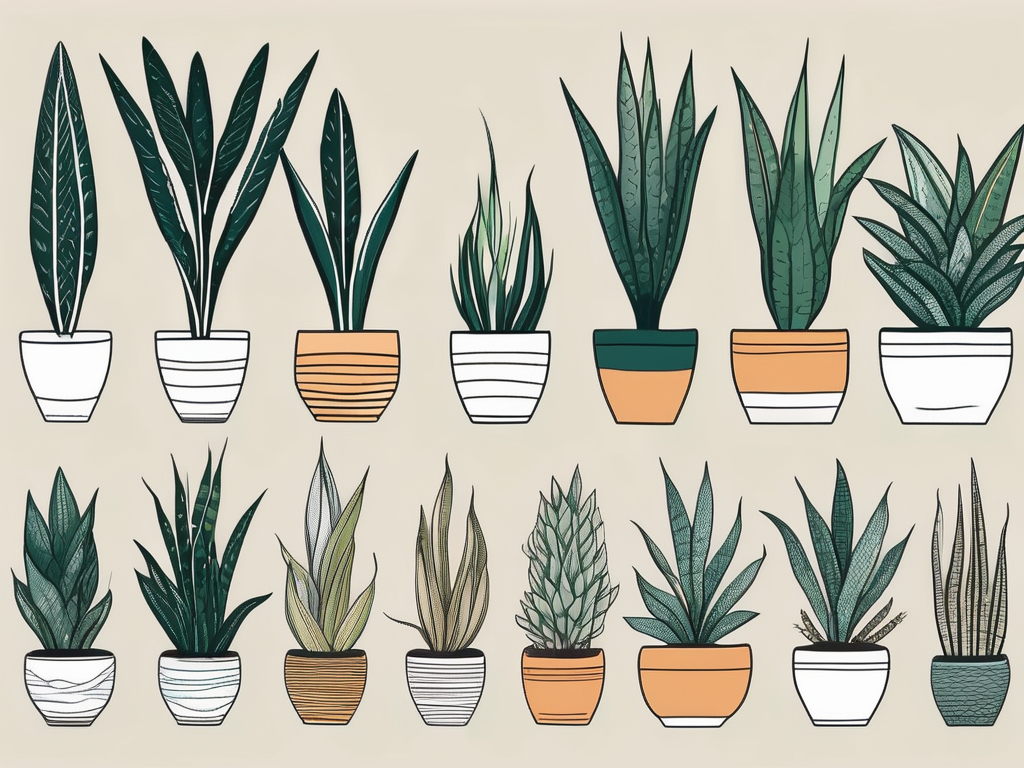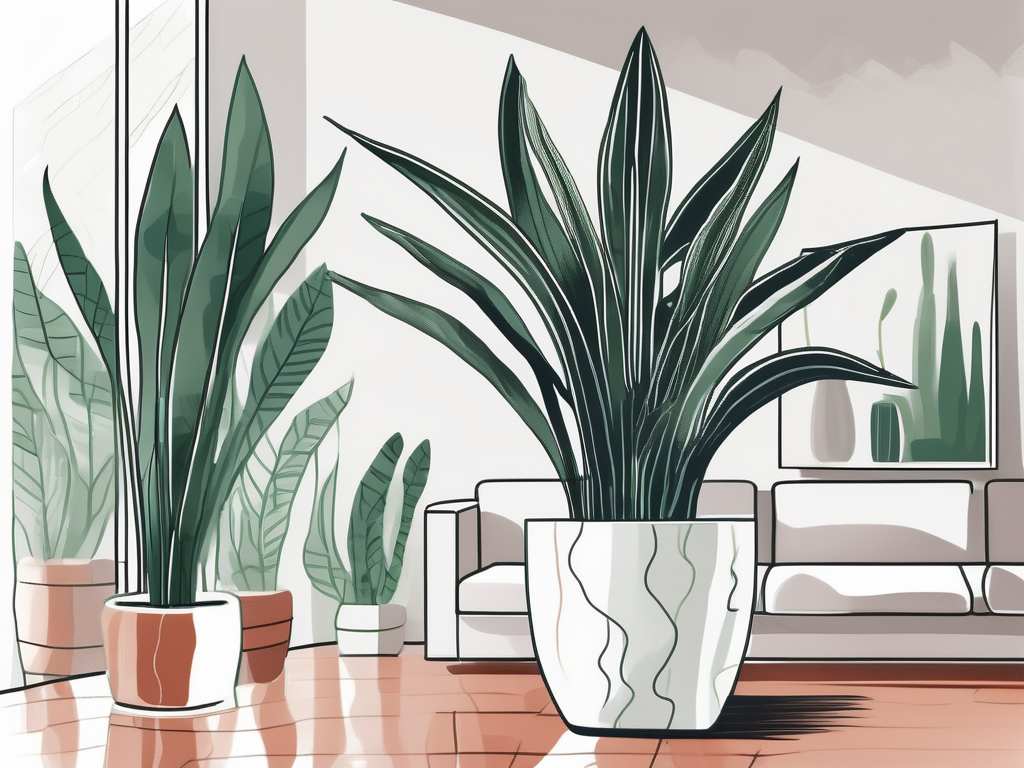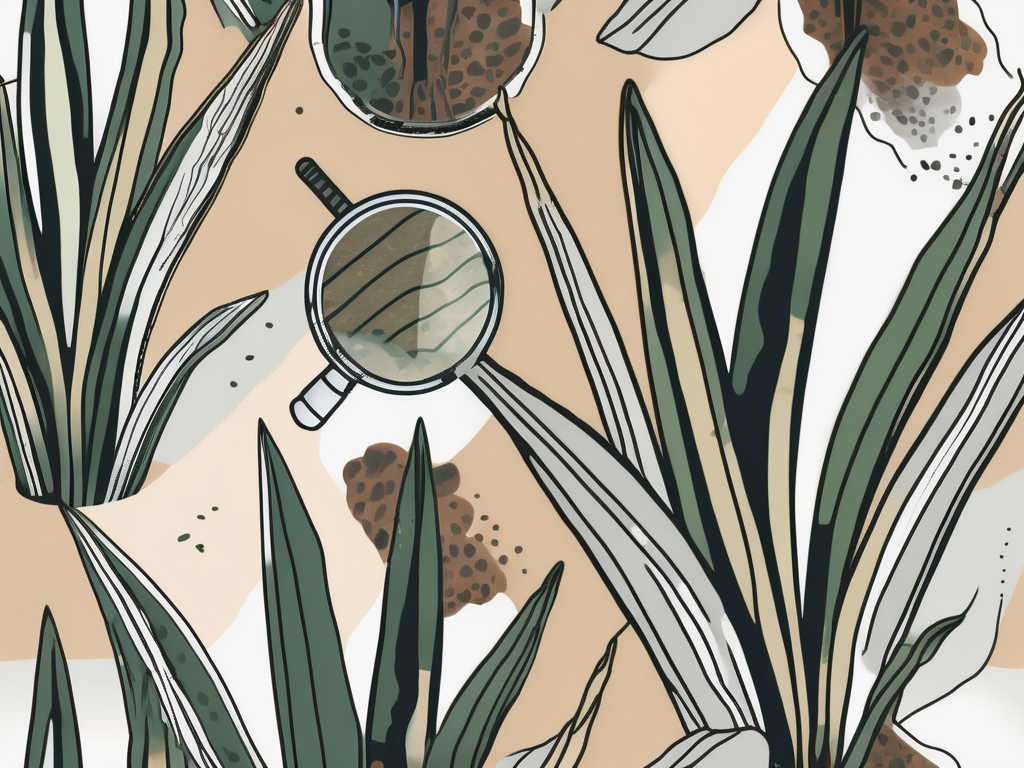
Snake plants, also known as Sansevieria or Dracaena trifasciata, are among the most resilient and low-maintenance houseplants out there. They can thrive in various lighting conditions and require minimal watering, making them a favorite among plant lovers. However, even the hardiest plants can fall prey to diseases if not cared for properly.
In this article, we'll discuss some common diseases that can affect snake plants. We'll cover the causes, symptoms, and treatments, so you can keep your plant healthy and vibrant. Whether you're a seasoned plant parent or just starting out, understanding these issues will help you provide the best care for your green companion.
Root Rot: A Sneaky Culprit
Root rot is like the boogeyman of the plant world—sneaky and destructive. It often goes unnoticed until it's too late. This disease typically results from overwatering, poor drainage, or a combination of both. Snake plants prefer their soil to dry out completely between waterings, so excess moisture can lead to root rot.
Symptoms: The earliest signs of root rot include yellowing leaves and a mushy, soft texture at the plant's base. If you notice a foul odor coming from the soil, it’s time to act quickly.
Treatment: Once root rot sets in, you need to take swift action. Start by removing the plant from its pot and trimming away any affected roots with sterilized scissors. Discard the old soil and repot your snake plant in fresh, well-draining soil. Make sure your pot has drainage holes to prevent future overwatering. Going forward, water the plant only when the soil is completely dry.
Interestingly enough, prevention is the best medicine here. Consider using a pot with built-in drainage and a fast-draining soil mix to keep your plant's roots happy and healthy.
Leaf Spot: Those Pesky Dots
Leaf spot is a common issue that can mar the beauty of your snake plant's leaves. It's caused by fungal or bacterial infections, often resulting from excess moisture on the leaves.
Symptoms: Look for small, circular spots that are brown or black. The spots may have a yellow halo around them, indicating the spread of the disease.
Treatment: First, remove the affected leaves to prevent the spread of the infection. Ensure your plant has good air circulation, and avoid getting the leaves wet when watering. If the problem persists, you might need to apply a fungicide designed for houseplants. Always follow the instructions on the label to avoid harming your plant.
To prevent leaf spot, water your snake plant at the base rather than from above. You can also space your plants out to improve air circulation.
Powdery Mildew: The Dusty Foe
Powdery mildew is a fungal disease that appears as a white, powdery coating on the leaves. While it’s not often fatal, it can weaken your snake plant and make it less visually appealing.
Symptoms: You’ll notice a white, powdery substance on the leaves, which can spread quickly if not addressed. The affected leaves may also become distorted or discolored.
Treatment: Start by removing and disposing of any infected leaves. Increase air circulation around your plant and avoid overhead watering. A homemade solution of baking soda, water, and a bit of dish soap can also be applied to the leaves to combat the fungus. Simply mix a teaspoon of baking soda with a quart of water and a drop of dish soap, then spray it onto the affected areas.
Preventing powdery mildew involves keeping your snake plant in a location with good airflow and avoiding excessive humidity. A little attention to its environment can go a long way in keeping this disease at bay.
Mealybugs: The Uninvited Guests
Mealybugs are small, white, cotton-like pests that love to feast on your snake plant. They suck the sap from the leaves, weakening the plant over time.
Symptoms: If you notice white, fluffy clusters on the leaves or stems, you likely have a mealybug infestation. The leaves may also become sticky due to the honeydew secreted by these pests.
Treatment: To remove mealybugs, start by wiping the leaves with a cotton swab dipped in rubbing alcohol. This will kill the bugs on contact. You can also use insecticidal soap or neem oil for larger infestations. Be sure to treat the plant every few days to catch any newly hatched bugs.
Regularly inspecting your snake plant for pests and maintaining a clean growing environment can help prevent mealybugs from taking hold. It's a bit like giving your plant a regular health check-up.
Spider Mites: The Tiny Terrors
Spider mites are minuscule pests that are hard to see with the naked eye. They thrive in dry conditions, making them a common issue for indoor plants during winter when humidity levels drop.
Symptoms: Look for tiny webbing on the leaves and stems, as well as small, discolored spots. The leaves may also appear dusty or speckled.
Treatment: Increase the humidity around your snake plant by misting it or using a humidifier. Wash the leaves with a gentle stream of water to remove the mites. Insecticidal soap or neem oil can also be effective in treating infestations.
Keeping your plant's environment humid and regularly checking for signs of pests can help you stay ahead of spider mites. It's like keeping your plant's immune system strong to fight off those tiny invaders.
Anthracnose: The Spotty Issue
Anthracnose is a fungal disease that causes dark, sunken spots on the leaves. It can spread quickly in humid conditions, so it's important to catch it early.
Symptoms: The disease manifests as dark spots with a sunken appearance. The spots may coalesce, leading to larger areas of damage.
Treatment: Remove and destroy affected leaves to prevent the spread of the fungus. Improve air circulation around your plant and reduce humidity levels. Fungicides can also be used for severe cases, but always follow the manufacturer's instructions carefully.
Preventing anthracnose is mostly about keeping your plant's environment dry and airy. Think of it as giving your snake plant a little breathing room.
Leaf Blight: The Rapid Decline
Leaf blight is another fungal disease that can cause rapid deterioration of your snake plant's leaves. It's often triggered by poor air circulation and excess moisture.
Symptoms: Look for large, irregular brown or black patches on the leaves. The affected areas may become soft and mushy over time.
Treatment: Start by removing any affected leaves to stop the disease from spreading. Make sure your plant is in a well-ventilated area and avoid watering the leaves directly. Fungicides may be necessary for severe cases.
To prevent leaf blight, focus on improving air circulation and keeping your plant's leaves dry. It's all about creating an environment where fungi find it tough to thrive.
Rust: The Orange Invader
Rust is a fungal disease that causes orange or rust-colored spots on the leaves. It thrives in warm, humid conditions and can spread quickly if not managed.
Symptoms: Look for small, orange spots on the leaves. These spots may develop a powdery texture as the disease progresses.
Treatment: Remove and destroy any infected leaves. Increase air circulation and reduce humidity around your plant. Fungicides can be used for severe cases, but always read the label carefully.
Preventing rust is similar to other fungal diseases—focus on keeping the environment dry and well-ventilated. A little preventive care can keep your snake plant looking its best.
Scale Insects: The Hidden Threat
Scale insects are small, armored pests that attach themselves to the leaves and stems of your snake plant. They suck the sap, weakening the plant over time.
Symptoms: Look for small, brown or black bumps on the leaves and stems. These are the protective coverings of the scale insects. You may also notice sticky honeydew on the plant.
Treatment: Remove scale insects by gently scraping them off with a soft cloth or toothbrush. You can also use insecticidal soap or neem oil to treat infestations. Regularly inspecting your plant for signs of scale can help you catch these pests early.
Keeping your snake plant healthy and regularly checking for pests can prevent scale insects from becoming a problem. It's like giving your plant a little TLC to keep it thriving.
Final Thoughts
Keeping your snake plant healthy involves understanding the various diseases that can affect it, recognizing the symptoms, and knowing how to treat them. With the right care and attention, your snake plant can continue to be a beautiful and resilient addition to your home.
At Cafe Planta, we're passionate about helping you care for your plants. Whether you're looking for new plant additions or just need some advice, we're here to support you. Feel free to email us or reach out on Instagram. Let's nurture our love for plants together!















